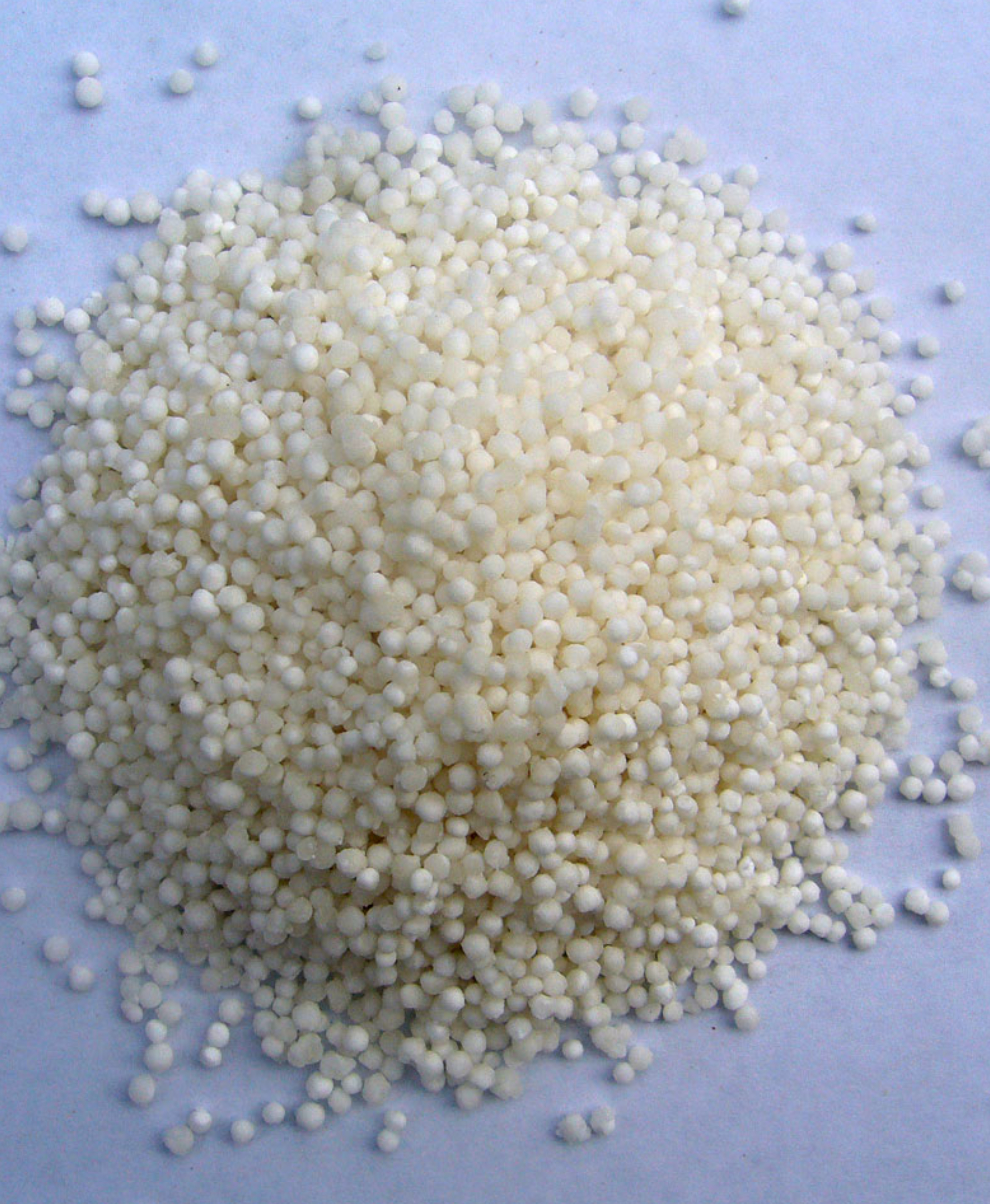Sago seeds are small, round starch granules extracted from the pith of sago palm trees, primarily Metroxylon sagu. They are widely used in Southeast Asian and Indian cuisine as a staple carbohydrate. These seeds are known for their chewy texture when cooked and are often used in puddings, soups, and sweet drinks. In India, sago, also called sabudana, is a popular ingredient for fasting recipes like sabudana khichdi and vada. Due to its neutral flavor, it pairs well with both sweet and savory dishes, acting as a versatile thickening agent.
Nutritionally, sago seeds are high in carbohydrates and provide a quick energy boost, but they lack significant amounts of protein, fiber, and essential vitamins. Though not a complete food, they serve as a good supplemental energy source. Preparing sago requires soaking and boiling until the pearls turn translucent, indicating they are fully cooked. While often compared to tapioca, sago differs in origin, as tapioca comes from cassava root. Despite this, both are similar in use and texture, making sago a valued ingredient in various global cuisines.
